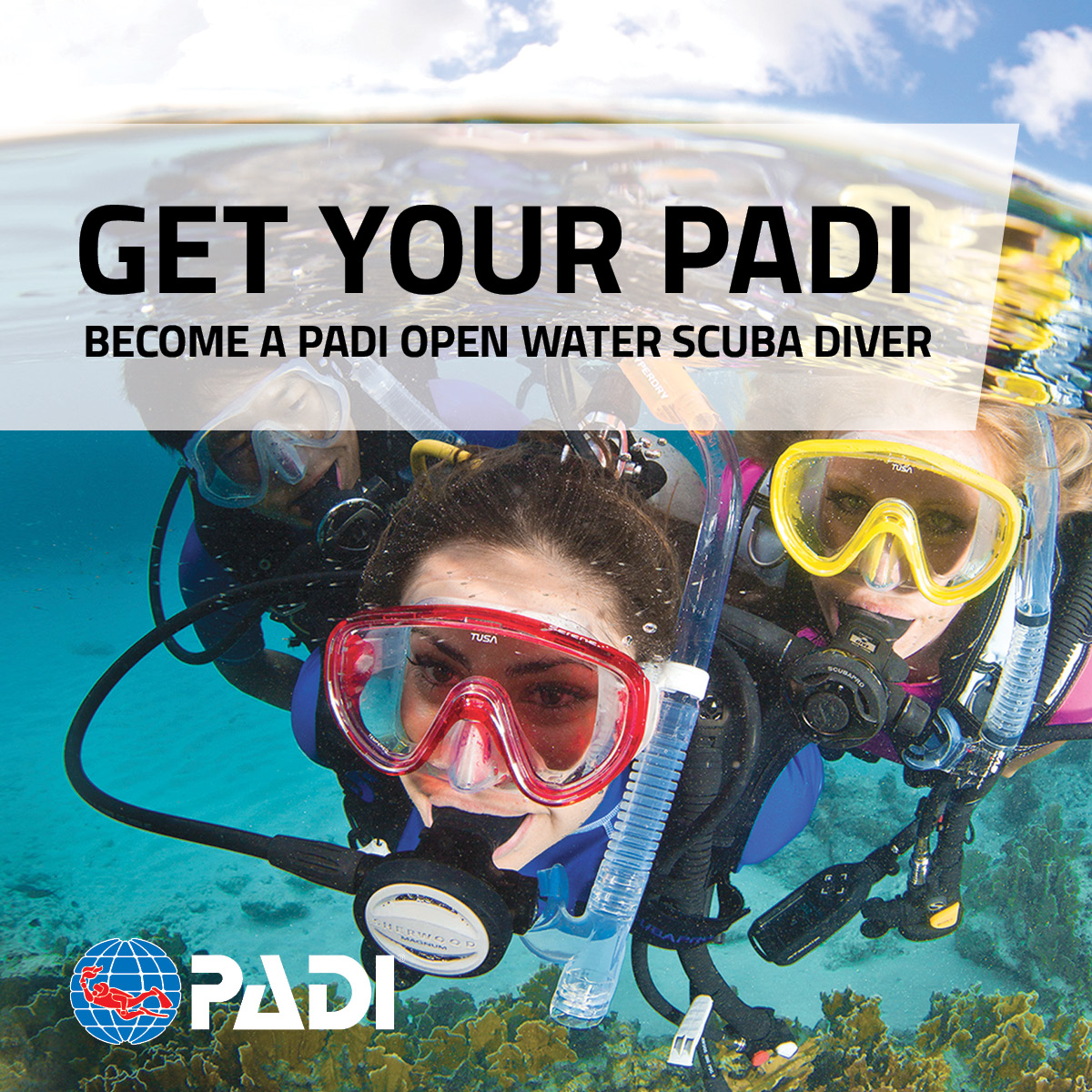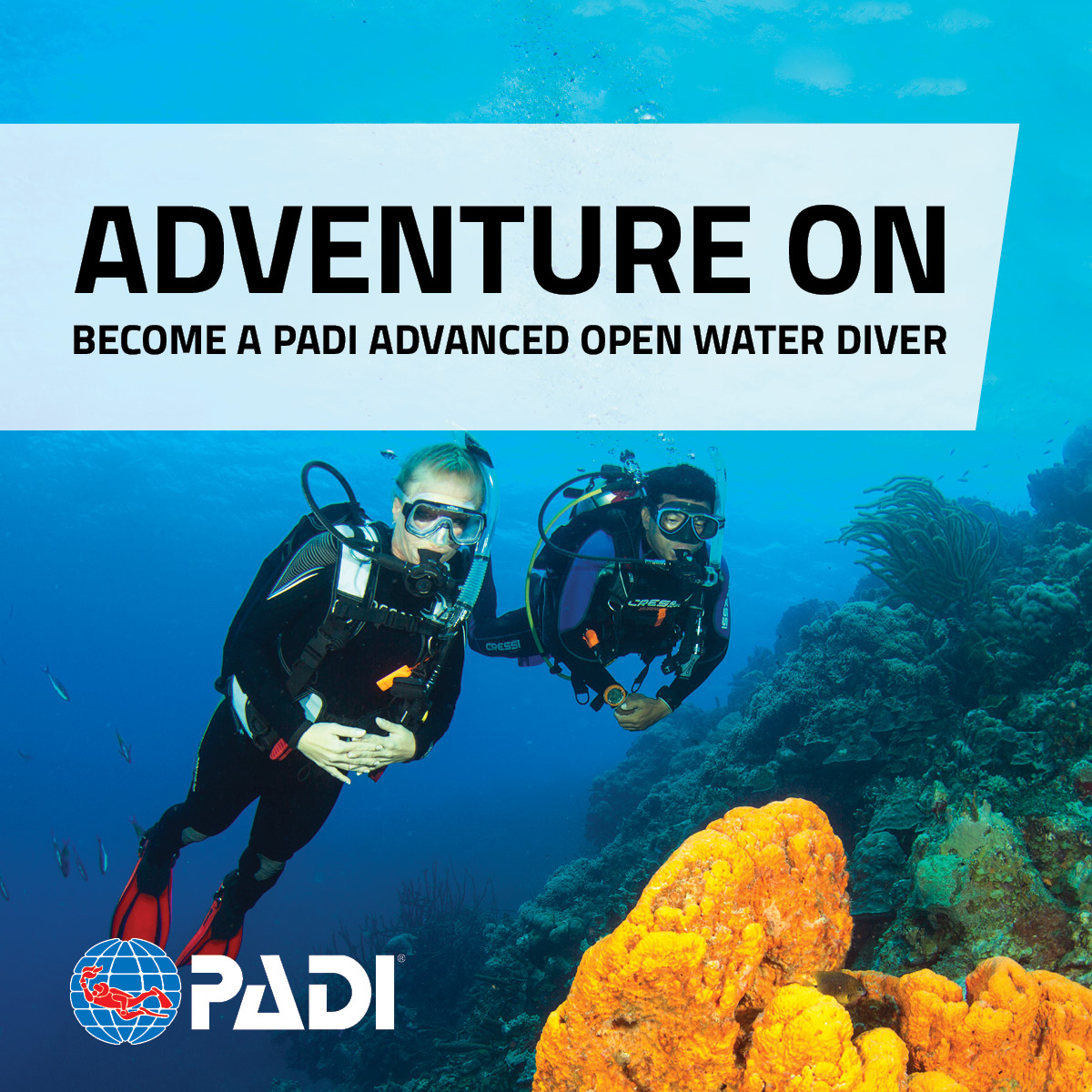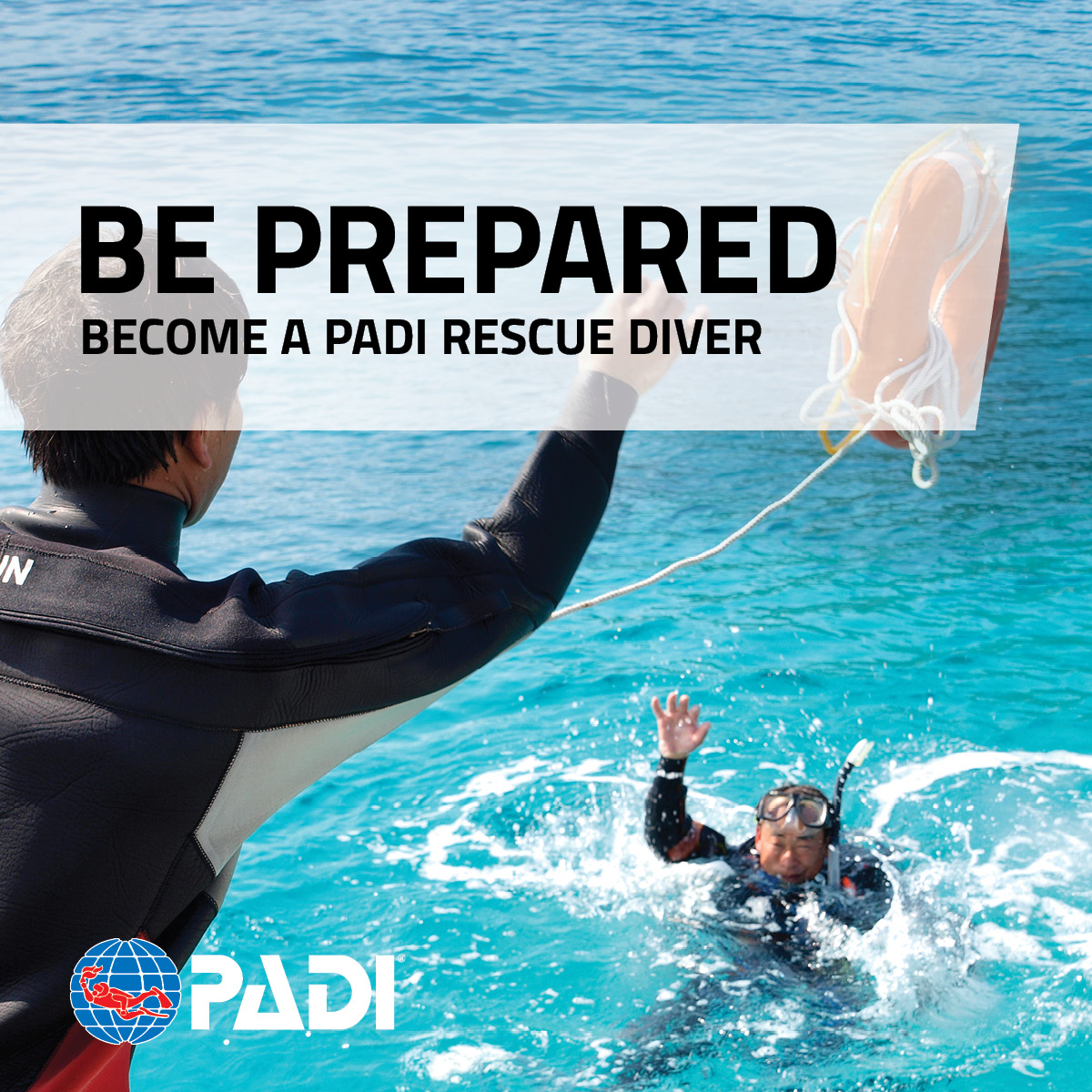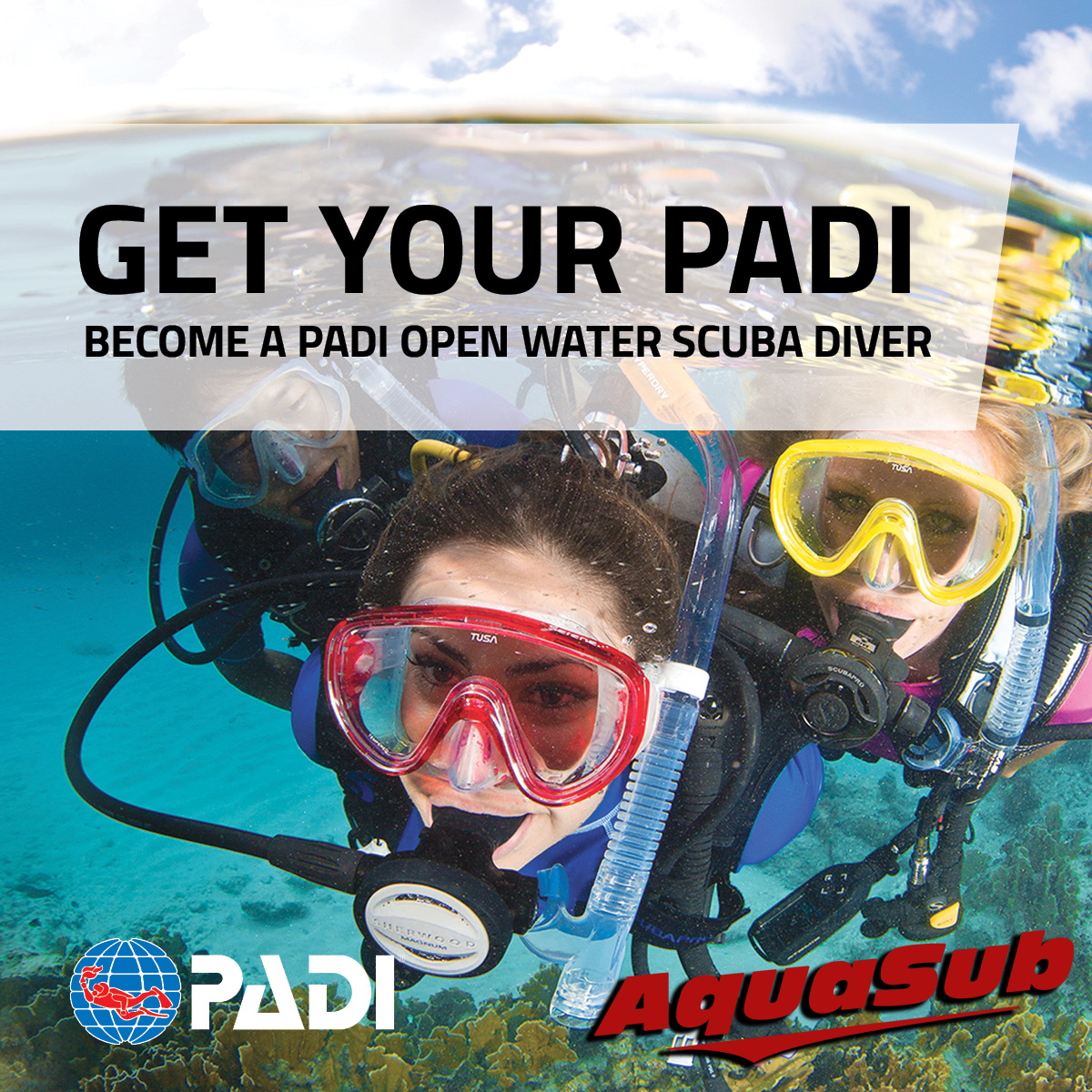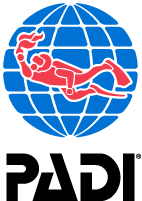- Details
- Written by: Tyler Caughill
- Category: Courses
- Hits: 278
Sidemount diving is a type of scuba diving where the diver wears their tanks on their sides, rather than on their back like in traditional back-mounted scuba gear. In sidemount diving, the tanks are usually smaller and are attached to the diver's harness using special mounting systems, which allows for greater flexibility and maneuverability underwater.
Sidemount diving is particularly popular among technical divers, cave divers, and those who need to access tight or confined spaces underwater, as it provides greater ease of movement and enables the diver to carry multiple tanks without the added weight and bulk of a back-mounted system.
One of the main advantages of sidemount diving is that it allows for greater redundancy and safety, as the diver is able to carry more than one tank and can easily switch between them in case of an emergency. It also enables easier gas management and reduces the risk of running out of air while diving.
Sidemount diving requires specialized training and equipment, and is not typically included in standard recreational scuba diving courses. If you are interested in learning how to sidemount dive, you will need to take a specialized sidemount diving course from a certified instructor, who will teach you the proper techniques and safety procedures necessary for this type of diving.

There are several reasons why you might want to try sidemount diving:
-
Increased flexibility: With sidemount diving, you have more flexibility in terms of tank placement, which can make it easier to maneuver in tight spaces or when diving through wrecks or caves.
-
Improved streamlining: Sidemount diving can improve your streamlining in the water, as the tanks are placed alongside your body rather than on your back. This can reduce drag and improve your overall hydrodynamics.
-
Enhanced safety: Sidemount diving can be safer than traditional back-mounted diving in some situations, such as when diving in overhead environments or when using decompression gases. With sidemount diving, you have easier access to your tanks, which can be crucial in emergency situations.
-
More comfortable: Some divers find sidemount diving to be more comfortable than traditional back-mounted diving, as the weight of the tanks is distributed more evenly across the body. This can reduce strain on the back and shoulders and allow for longer and more enjoyable dives.
Course Overview
Having scuba tanks on your back isn't a requirement for exploring the underwater world. Many scuba divers have discovered the joy of mounting cylinders on their sides. Sidemount diving gives you flexibility and streamlining options. Plus, you don't have to walk with heavy cylinders on your back - just enter the water, clip them on and go. Sound interesting? Sign up for the PADI Sidemount Diver Specialty course.
If you're a PADI Open Water Diver who is at least 15 years old, you can enroll in a PADI Sidemount Diver course.

What You Will Learn
Along with learning about the many benefits of diving with a sidemount configuration, during one confined water and three open water scuba dives you'll learn how to:
- Properly assemble and configure sidemount scuba diving equipment.
- Trim your weight system and sidemount gear so you're perfectly balanced in the water.
- Manage gas by switching second stages as planned, if wearing two cylinders.
- Respond correctly to potential problems when sidemount diving.
Prerequisites & Requirements
- Be at least 15 years old
- Certified Open Water Diver or above
Equipment Requirements
- Sidemount Configuration Scuba Equipment (available for rental)
- Two Cylinders
- Two Regulators
- A Sidemount Harness
- Sidemount Equipment Essentials can be found here.
For all your learning materials and equipment, contact AQUASUB SCUBA DIVING CENTER.
Paperwork:
- Student Enrollment Form - All students must complete the intake form
- Liability and Risk Acknowledgement Forms - All students must complete, print and sign the questionaire and liability releases.
- Medical Questionaire - If Form 2 has ANY questions you have answered YES to, you must complete form 3 and have it signed by your personal physician
Choose your next adventure!
Many shipwrecks are often found in deeper water. That’s why the PADI Deep Diver course is a natural companion to the PADI Wreck Diver course. Sometimes you can take these two specialties concurrently.
Other training to consider is the PADI Enriched Air Diver course on your way to PADI Master Scuba Diver.
For more information about this or other PADI courses have a chat with one of the AQUASUB SCUBA DIVING CENTER Team members.
- Details
- Written by: Tyler Caughill
- Category: Courses
- Hits: 289
Becoming a certified diver is as easy!
Learning to scuba dive requires both theoretical knowledge and practical training. Here are the general steps to get started:
-
Find a reputable scuba diving center: See? Step one is already done. AquaSub is a PADI 5 Star Training Centre and we can get you started right away!
-
Sign up for a scuba diving course: Enroll in a scuba diving course offered by the diving center. The course will cover the basic theory and skills needed to dive safely.
-
Complete the theory portion: Complete the theory portion of the course, which may include reading materials, videos, and quizzes. You may also have to attend classroom sessions or complete online training.
-
Practice in confined water: Once you have completed the theory portion, you will move on to practicing in confined water, such as a pool. This will help you develop basic scuba skills, such as how to use the equipment and breathe underwater.
-
Dive in open water: After completing the confined water sessions, you will move on to open water dives. You will put your new skills into practice and explore the underwater world.
-
Get certified: Once you have completed the course and open water dives, you will receive a scuba diving certification that allows you to dive to a certain depth, depending on your training level.
Remember, we always dive with a buddy so scuba is a GREAT social sport for everyone. Scuba diving can be a fun and rewarding experience, but it is important to take it seriously and always prioritize safety.
We all have a hidden adventurer buried inside us. If your inner explorer has always wanted to sink gently beneath the waves to explorer the world beneath the surface, Aquasub can help get you there with PADI Scuba Diver Training Courses!
There are three primary courses in the diver training ladder that when combined develop divers in to well rounded, experienced, safe divers.

Your first step is the PADI Open Water Diver Course:
The Open Water Diver Course is where non-divers become certified PADI divers and can take their certification anywhere in the world to have incredible underwater adventures:
Start your e-Learning Now!
Learn More about the PADI Open Water Diver Course:
Step Two: The PADI Advanced Open Water Diver Course:
Once you have completed your first course and have become an Open Water Diver, you can begin step two immediately - The PADI Advanced Open Water Diver Course. Building on the skills from the Open Water Diver course, you will learn skills that will allow you to dive deeper, longer, navigate better, use safety gear like a pro, dive ship wrecks, dive rivers, dive at night and so much more!
Start your e-Learning Now!
Learn More about the PADI Advanced Open Water Diver Course.
Step Three: The PADI Rescue Diver Course:
Following your Advanved Open Water Diver course, round off your skills with Step Three, The PADI Rescue Diver Course. You will learn how to prevent most emergencies as well as how to resolve emergencies if they do occur.
Start you e-Learning Now!
Learn More about the PADI Rescue Diver Course

PADI Open Water Diver Course
About the Course
PADI® Open Water Diver is the first scuba certification level. A highly-trained PADI Instructor will teach you how to scuba dive in a relaxed, supportive learning environment.
By the end of the course, you'll have the skills and knowledge to dive at home or abroad and be an ambassador for the underwater world.
What You'll Learn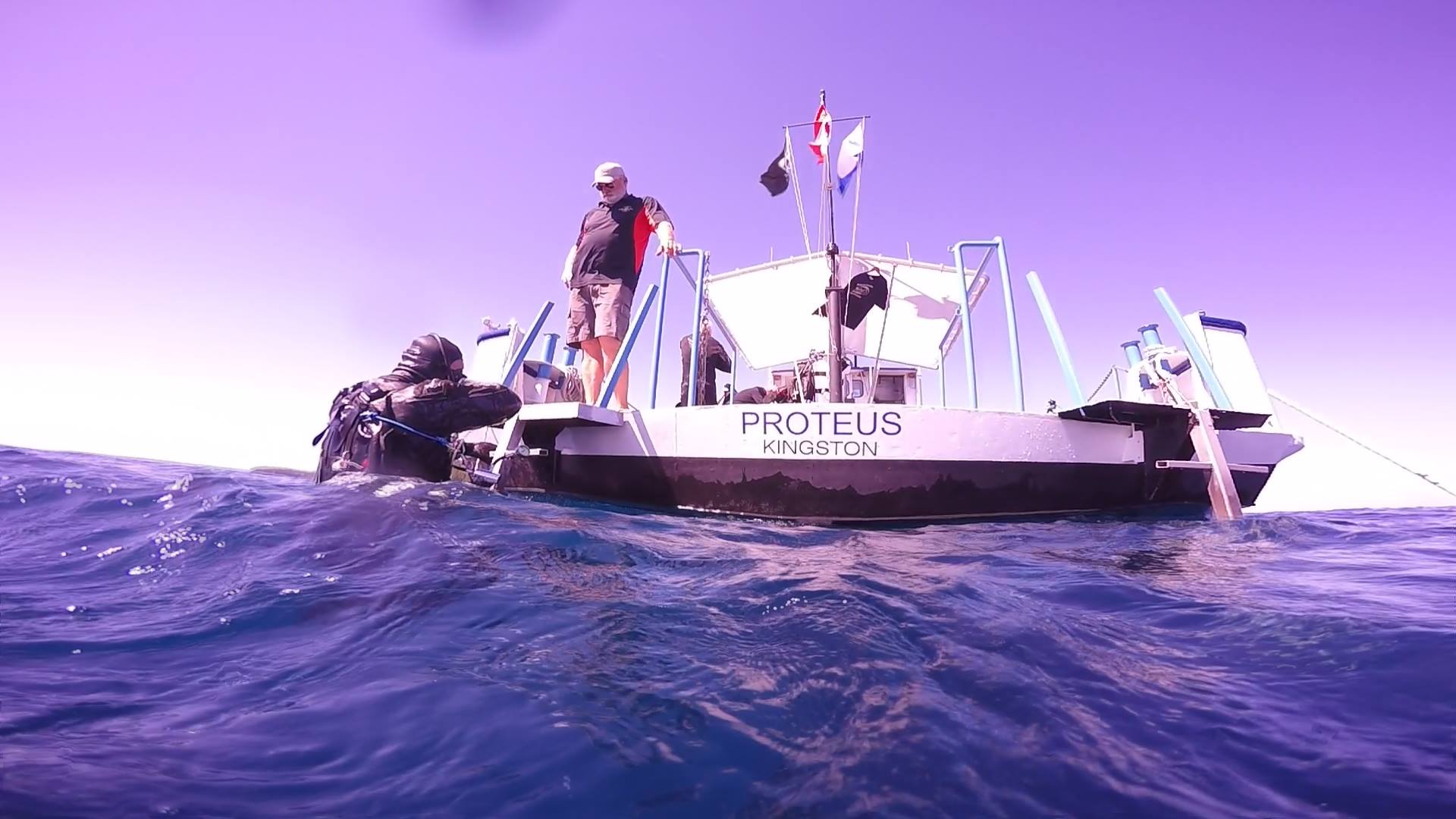
Certification Requirements
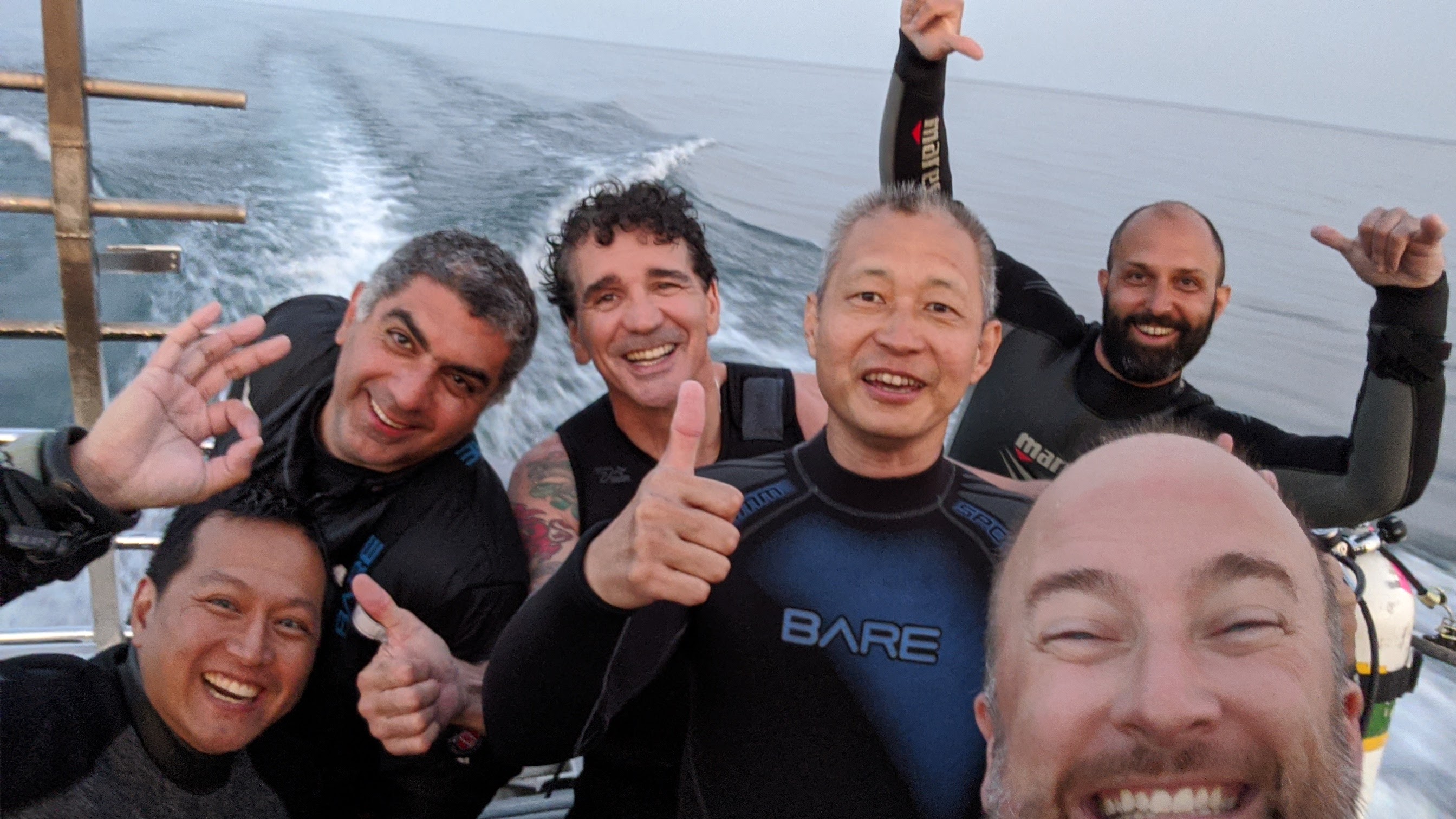
How to Earn your Scuba Diving Certification
| STEP ONE: PADI eLearning |
PADI eLearning makes it easy to fit scuba lessons into a busy schedule. Learn about scuba diving principles and terminology whenever, wherever it's convenient for you. It's your course on your time. Study offline, or online using a computer or mobile device. Connect with your instructor whenever you have a question. |
| Time Requirement: 5 - 10 hours | |
| STEP TWO: Confined Water Training (Pool) | Practice using scuba gear in a pool (or pool-like environment) until you're comfortable. This means developing skill mastery through repetition of skills across multiple sessions of pool work. |
| Time Requirement: 6 - 8 hours | |
| STEP THREE: Open Water Dives (4 Total) | Completion of your PADI training includes FOUR dives in open water with a PADI Instructor. This can be finished with Aquasub locally during the summer dive season, on any of our Group Scuba Vacations or on any vacation to a location with a PADI dive shop (Referral Program). |
| Time Requirement: 10 - 15 hours (across two days minimum) |
Pricing:
PADI Open Water Diver Course - $498 + HST
What is included?
- PADI Open Water Diver eLearning
- Confined Water Training (pool skills)
- All processing fees
- All scuba gear in the pool
Extra costs:
- Skin Diving Equipment: Students should have their own mask, snorkel and fins. Snorkel packages start at $197 + HST.
- Scuba Diving Equipment: Scuba equipment for the 4 checkout dives is NOT included but is available to either rent or purchased. Rental gear packages start at $200
- Four Checkout Dives: You can complete your checkout dives anywhere in the world!
- With Aquasub Locally - $299 + HST
- With Aquasub in Cuba - $199 + HST
- With a Referral? What is a referral? A referral package is all the paperwork showing you have completed the eLearning and Pool training and are ready to complete your last FOUR dives with a PADI dive instructor at a destination you already have plans to visit. The price for this service will vary with each destination.
- Potential Extra Costs: Also not included are things like: parking fees, charter boat fees, dive permits, travel to and from dives sites, vacation package costs, overnight accommodation and food MAY or MAY NOT be required depending on the location of the dives. Any costs not SPECIFICALLY detailed on your invoice are NOT included. You will be informed of any possible extra charges before you enroll in that options.
- Details
- Hits: 18127

